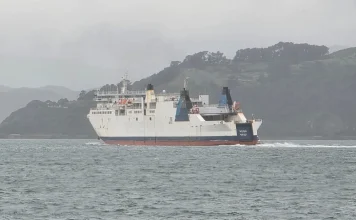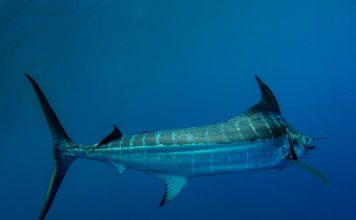A medal for a milestone
A few days ago (21 August 2025), Amsterdam’s mayor Femke Halsema awarded SAIL the Jubilee Medal, a civic honour reserved for institutions that shape the city’s identity. For many, it confirmed that SAIL is very much part of Amsterdam’s cultural fabric.
This year, the medal sits alongside two other milestones — the 10th edition of SAIL and the 750th anniversary of Amsterdam. Rarely does a city celebrate with such scale, and rarely does a festival so neatly echo the story of the city itself.
Amsterdam’s history is inseparable from the sea. From its beginnings in the 12th century as a small fishing settlement, the city rose to command the waves, reaching its height in the 17th century Dutch Golden Age. Its fortunes were steered by the port and the far-ranging voyages of the Dutch East India Company (VOC), while canals and shipyards drove a booming shipbuilding industry. Trade, wealth, and ideas flowed through the harbour, transforming Amsterdam into a global centre of power and culture. The sea did more than shape its economy — it forged the city’s identity and its lasting place in world history.
In 1975, Sail Amsterdam begins
Sail Amsterdam was born in 1975, a one-off idea to mark the capital’s 700th birthday. That first edition brought 18 tall ships and 500 smaller craft into the IJ, reviving an image thought lost: the crowded harbour of the Golden Age, when East Indiamen, barges, and fishing fleets sailed daily in and out.
The sight struck something deep. The event was supposed to end with the anniversary, but the people of Amsterdam wanted it again. And again. Today, SAIL is the largest tall ship festival in the world, drawing over 2.3 million people in a single week.
A maritime carnival
The heart of SAIL is always the SAIL-In parade. Dozens of tall ships sail in formation along the IJ, their masts towering over the modern skyline. Thousands of yachts, sloops, and canal boats crowd around them, while quays and bridges throng with onlookers.
It is the maritime version of a street carnival, but instead of floats, entire ships glide past: some more than a century old, others gleaming new, all carrying the stories of the seas they’ve crossed.
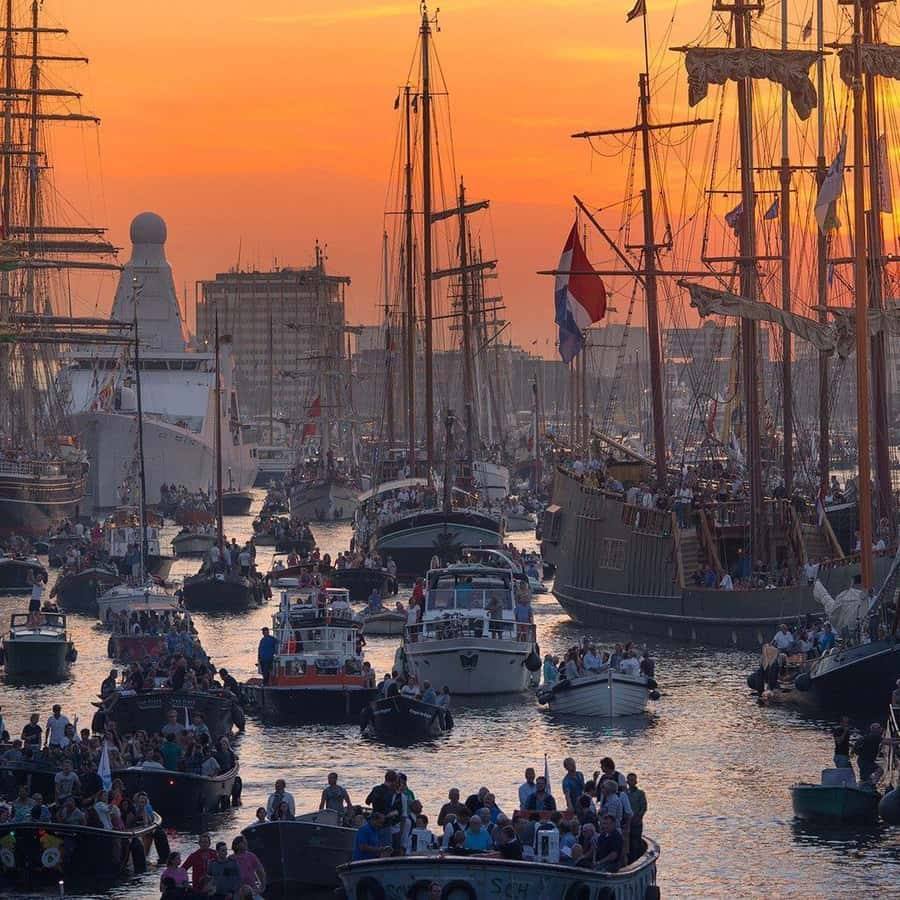
Where it all started
In the early 1500s, Amsterdam was rising from its wooden roots. Only decades earlier, a devastating fire in 1452 had swept away three‑quarters of the city, planting the seed for a stone‑built future—by the 1520s, brick construction steadily replaced timber, reshaping homes and horizons.
At the same time, Amsterdam’s port began to define its destiny. Once a humble fishing village, it transformed into a vibrant hub in Baltic maritime trade, importing grain and timber while exporting herring and beer. Innovations in ship design and herring curing cemented its advantage over the Hanseatic League.
Politically, the city lay within the Seventeen Provinces, unified by Charles V’s 1549 Pragmatic Sanction, which drew Amsterdam into a complex Habsburg realm. Meanwhile, religious reform across Europe stirred dissent. Amsterdam’s Anabaptist communities faced persecution as the Reformation spread, laying early fault lines for future unrest.
A city reshaped by the sea
The late 1500s were turbulent years for Amsterdam. Centralised rule, rising taxes, and religious intolerance fed resentment against Spain. At first the city stayed loyal, but a bloodless coup in 1578 — the Alteratie — changed everything. Amsterdam joined the Dutch Revolt, and as the Eighty Years’ War surged forward, the city set course for its own destiny.
That decision ushered in the Golden Age. Canals, the stock exchange of 1602, and the Bank of Amsterdam in 1609 turned the city into Europe’s commercial and financial heart. Antwerp’s eclipse became Amsterdam’s ascent. Through fire, trade, and empire, the sea shaped the city’s architecture, commerce, and culture. Water was not backdrop but pulse — the tide that carried everything forward.
The 1500s: Nao Victoria and the first circumnavigation
In 1519, Ferdinand Magellan and Juan Sebastián Elcano set out from Spain with five ships in search of a westward route to the Spice Islands. Three years later, only Elcano and the battered Nao Victoria returned. Small, cramped, and scarred by storms, she became the first vessel to circle the globe, proving the earth could be circumnavigated by sea.
At SAIL, her replica lets visitors tread the same rough timber, sensing how discovery once felt less like glory and more like survival.

1896: Belem, the Belle Époque survivor
Leap forward nearly four centuries to the Belle Époque, that “Beautiful Era” of peace, prosperity, and artistic flourish in Western Europe. In Nantes, France, the barque Belem slid down the slipway in 1896, bound for the cocoa and sugar trade. By then steamships had already begun replacing sail, yet Belem endured.
She reinvented herself repeatedly — as a luxury yacht for the Duke of Westminster, as a family vessel for Guinness heirs, and finally as a training ship restored by the Belem Foundation. Today she arrives in Amsterdam as the grand old lady of SAIL: commerce, luxury, and education embodied in one hull.
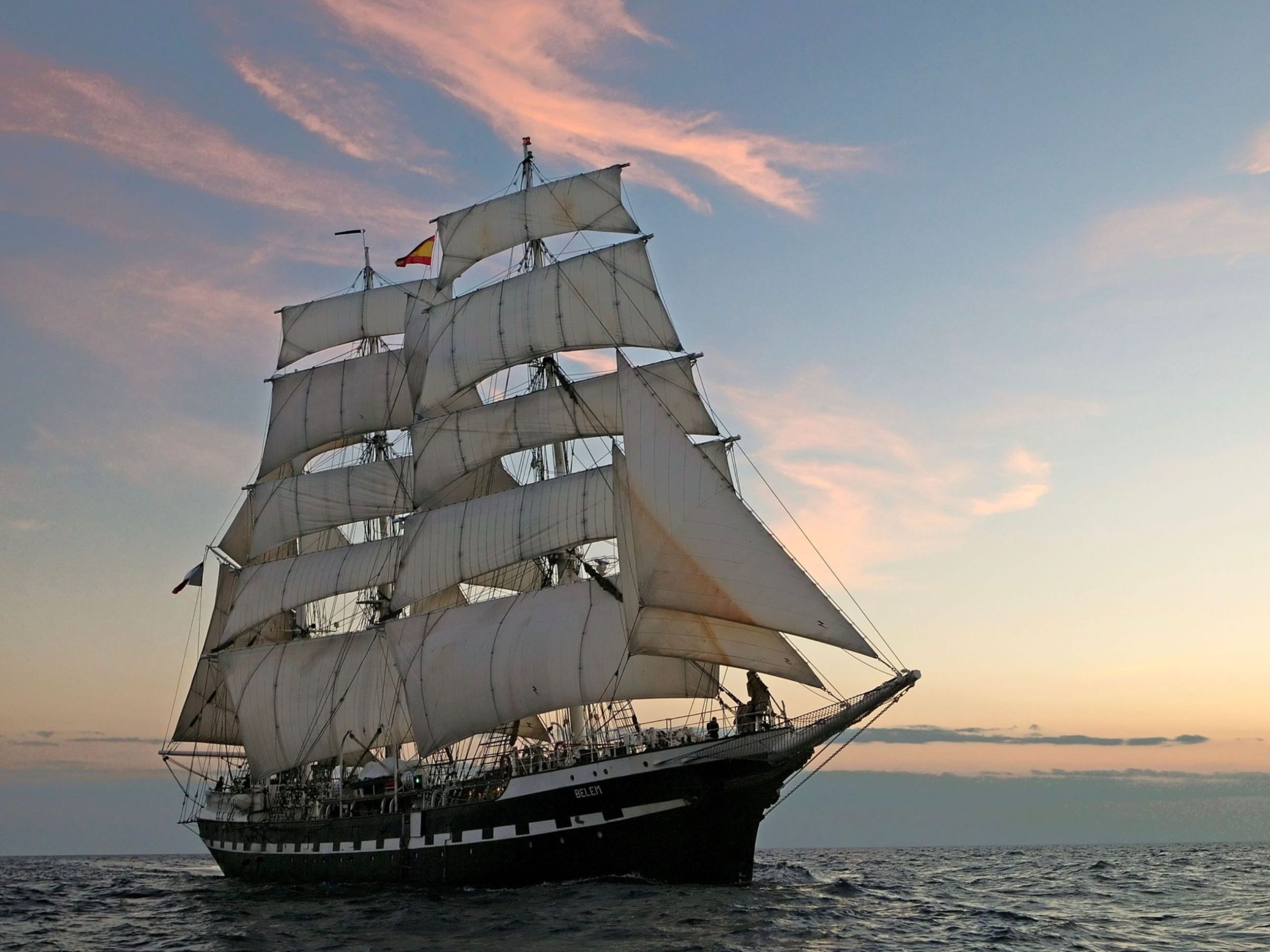
1911: Europa, from beacon to voyager
By the early 20th century, Hamburg bustled as Germany’s greatest port. The Senator Brockes launched in 1911, not as a trader but as a lightship — a stationary beacon to guide others. For decades she remained fixed to one spot in northern waters.
Yet ships, like people, sometimes change destiny. Rebuilt and rerigged in the Netherlands, she emerged as the barque Europa. Instead of standing still, she now sails to Antarctica with trainees on board.
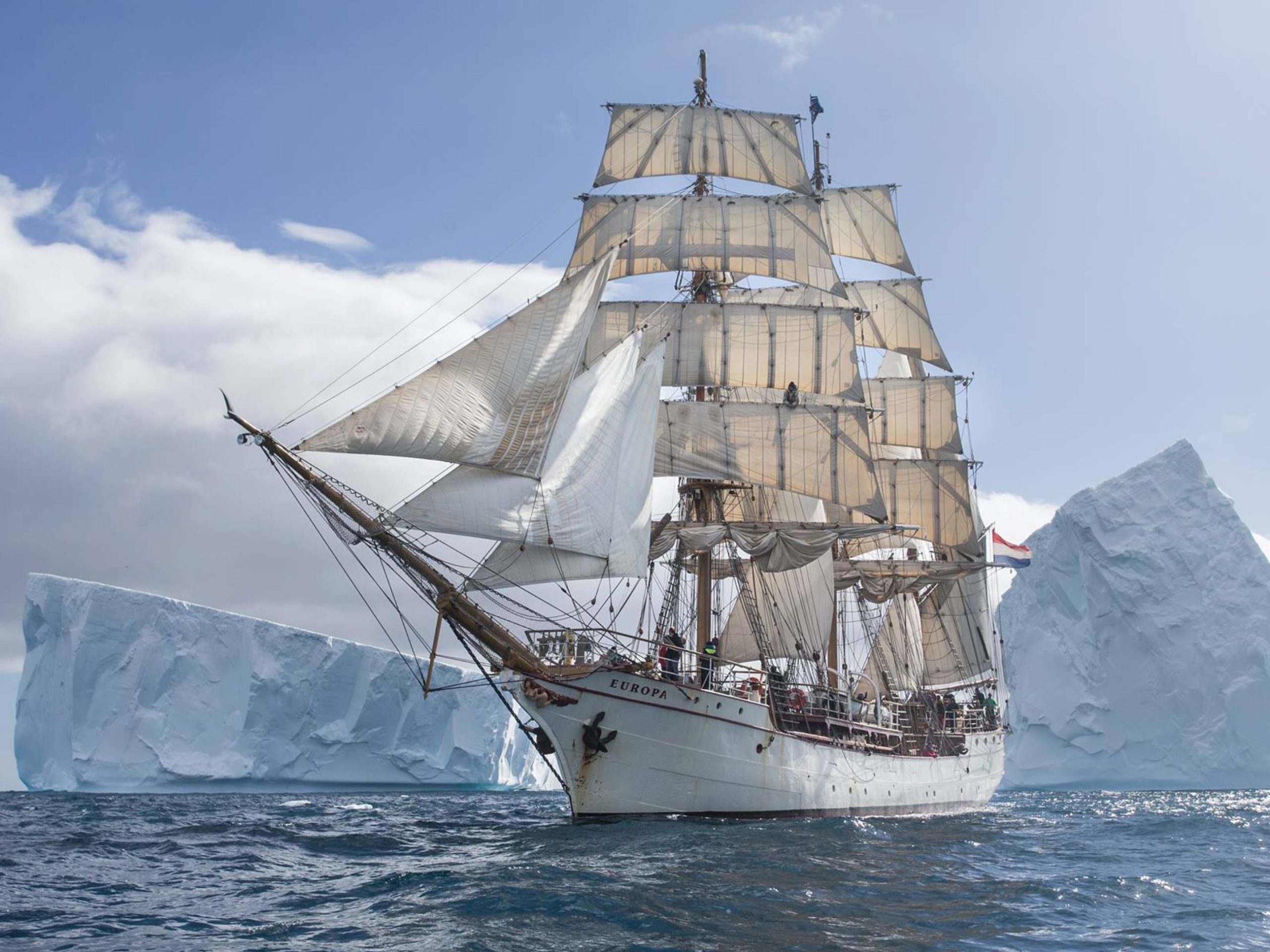
1929: Phoenix, the film star brig
The late 1920s marked the twilight of commercial sail. Steam and steel had conquered the oceans, yet in Denmark the Phoenix was still launched as a wooden freighter in 1929. She carried cargo, then spent years as a mission ship.
Her second life was cinematic. Rebuilt as a brig, she became a familiar face on screen — appearing in 1492: Conquest of Paradise, Poldark, Outlander, and In the Heart of the Sea. At SAIL, visitors can step aboard not just a historic ship but one they may already know from film.
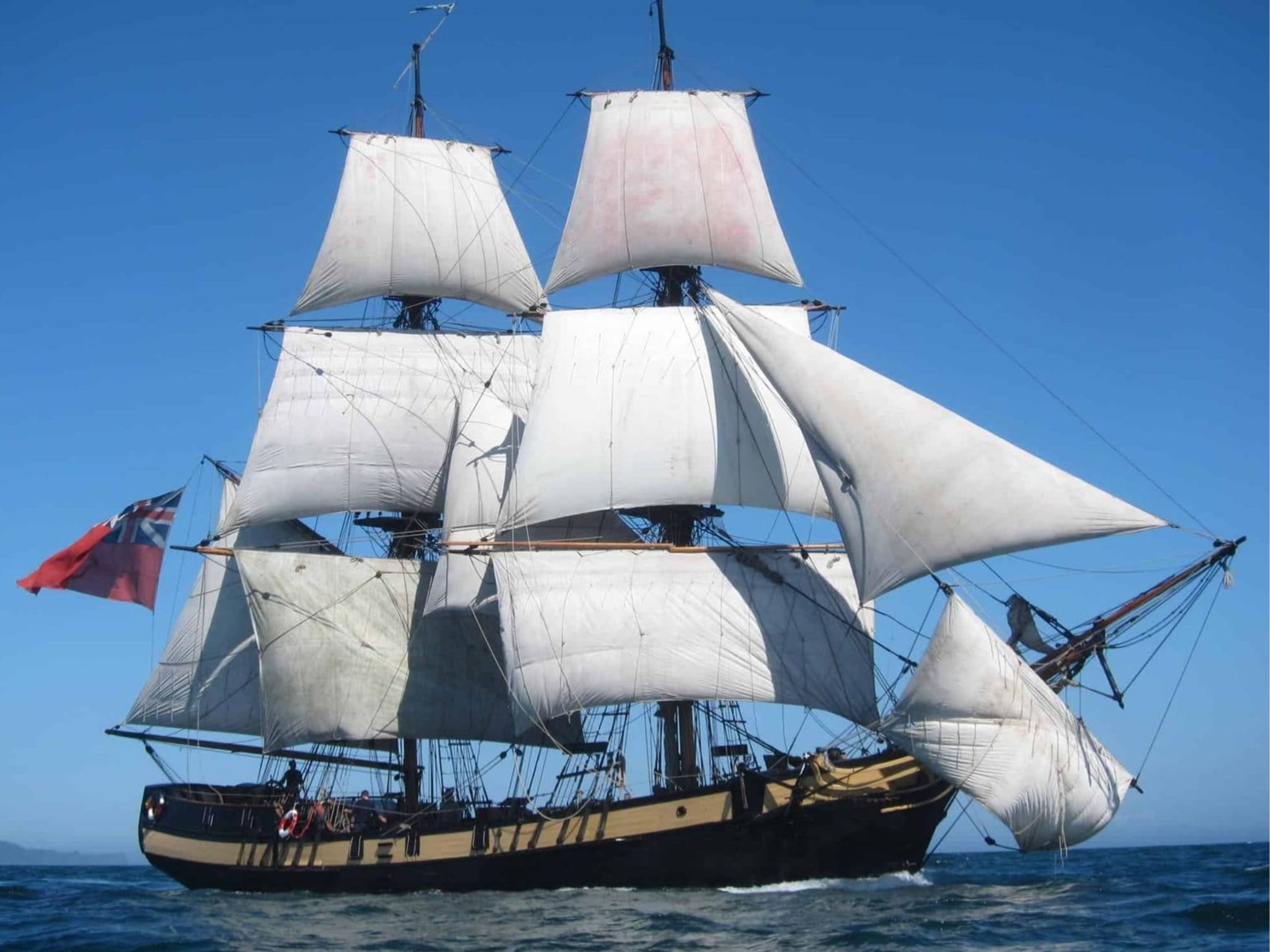
1974: Eendracht, schooner of youth
As engines took over, Dutch sailors worried seamanship would be lost. Volunteers acted, launching the first Eendracht in 1974 to keep traditional skills alive. The mission lived on in today’s three-masted schooner, christened in 1989 by Queen Beatrix.
Eendracht is a classroom afloat. Thousands of young sailors have learned teamwork, navigation, and resilience on her decks — proof that tradition thrives when passed from hand to hand.

1981: Dar Młodzieży, Poland’s “Gift of Youth”
Poland also turned to youth for its maritime future. The Dar Młodzieży, launched in 1981, stretches 109 metres and towers over most tall ships. Built for the Maritime University of Gdynia, she has sailed more than half a million miles, circled the globe, and announced herself with a dramatic win over Germany’s Gorch Fock in her first Tall Ships’ Race.
She arrives in Amsterdam as a reminder that modern ships can still carry centuries-old lessons — discipline, endurance, and pride.

1985: Gorch Fock returns
Germany’s Gorch Fock, though launched in 1958, last visited Amsterdam in 1985. Known as the “Ambassador in White,” she represents German naval tradition with crisp lines and flawless discipline. Generations of officers trained on her decks. Her return to SAIL after 40 years is both nostalgic and symbolic — a renewal of maritime friendships.
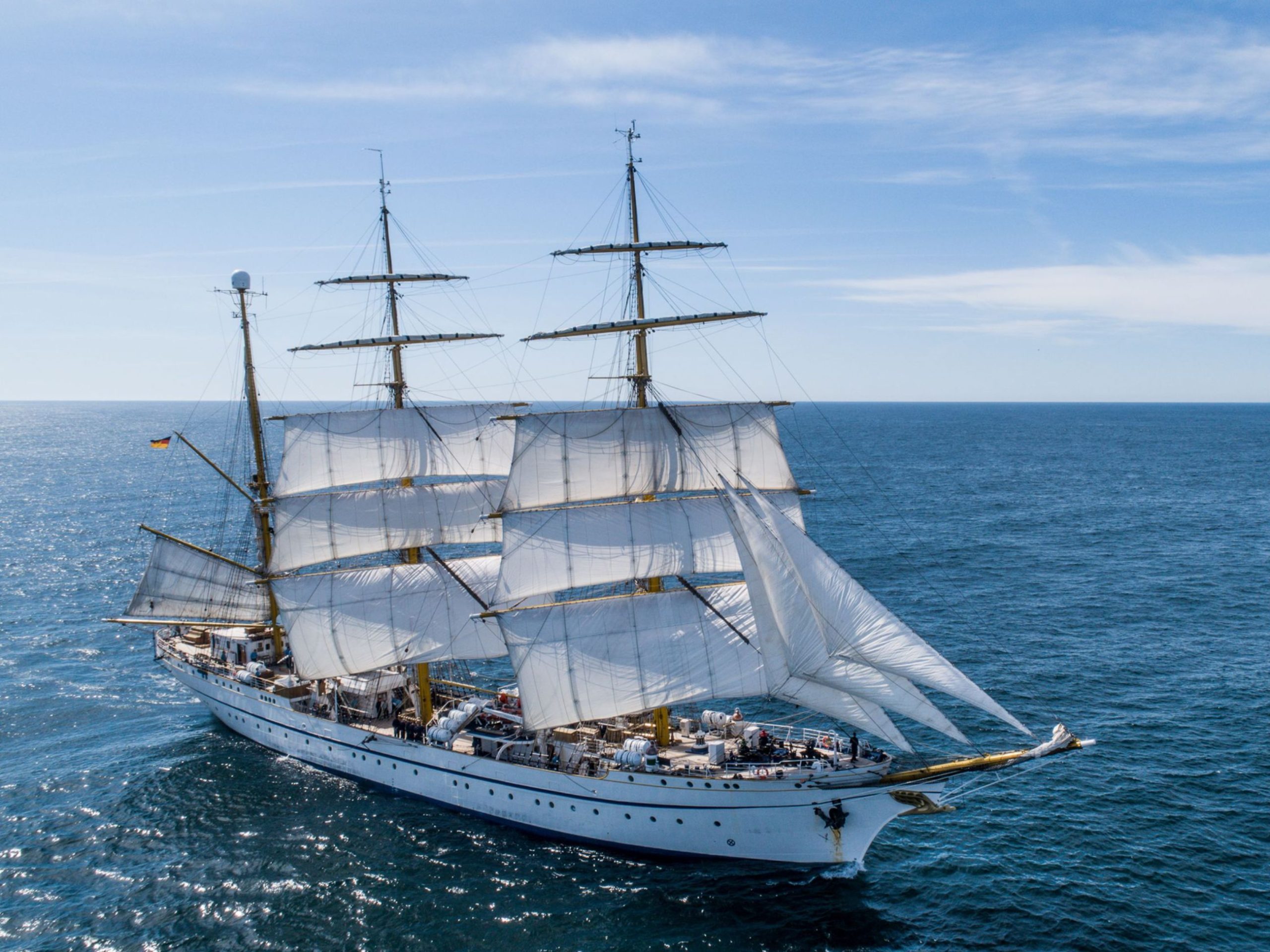
2014: Shabab Oman II, ambassador of peace
In 2014, a tall ship was launched in Amsterdam itself: the Shabab Oman II. Built for the Sultanate of Oman, she is both training vessel and cultural envoy. With 34 sails and berths for 90, she trains Omani youth in navigation and leadership while carrying a message of peace worldwide.
Her presence at SAIL closes the circle: a ship built in Amsterdam, sailing back into the harbour as a bridge between nations.
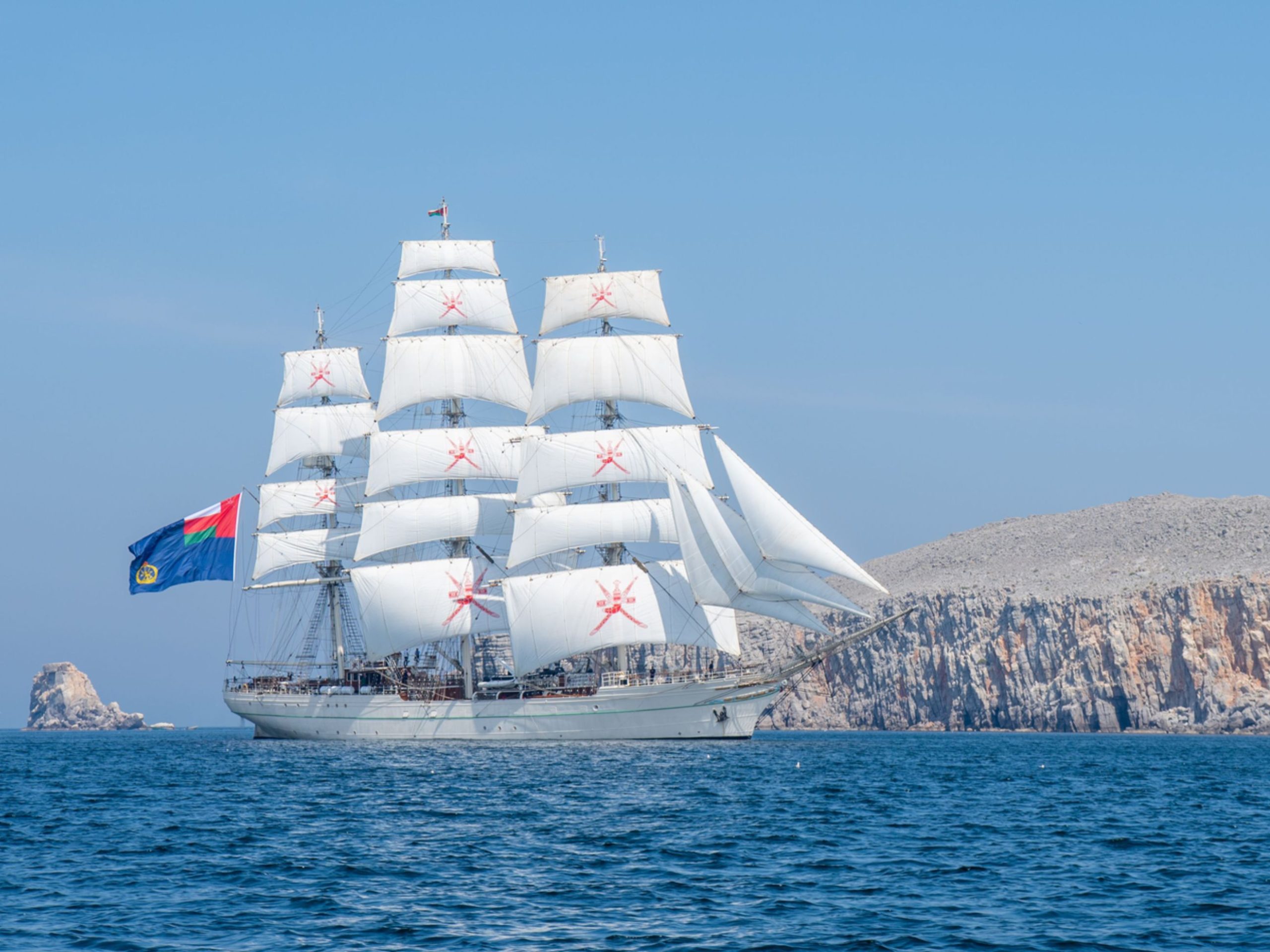
The fleets of home
Surrounding these giants are the Netherlands’ own fleets — vessels less famous, but no less important. Classic Feadship yachts gleam beside work-scarred barges. The sharp-bowed racers of the VKSJ and the flat-bottomed craft of the SSRP mark their 70th year. Botters from the Zuiderzee, preserved by the Botterbehoud Association, show fishing traditions once vital to village survival. Zeeland’s high-sterned Hoogaars, the lifeboats of Oude Reddings Glorie, tugboats from the VDMS, the 2,500-strong commercial fleet of the LVBHB, even Schottel patrol boats — all gather in Amsterdam’s harbour.
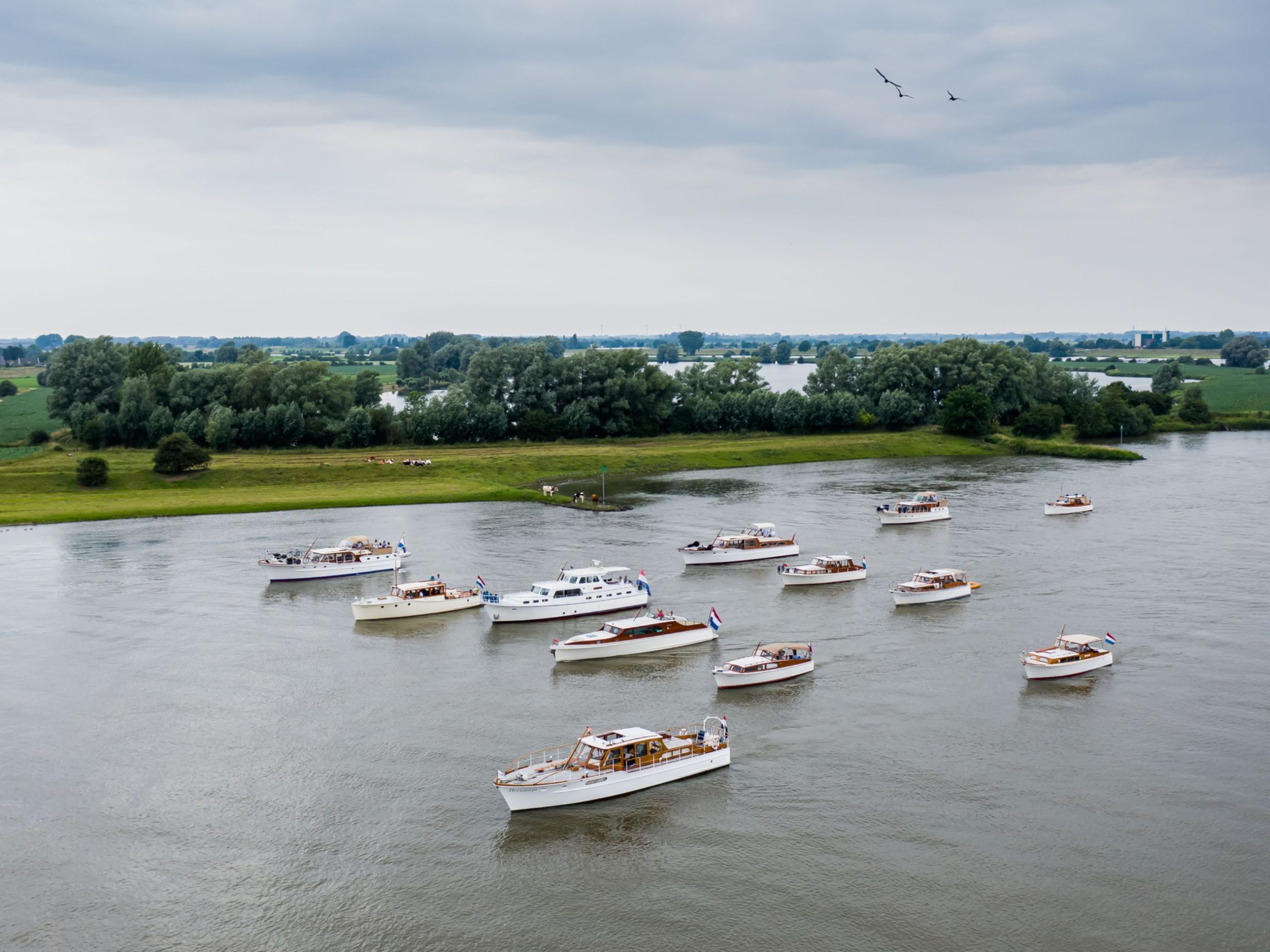
These are the vessels of everyday history, carrying not empires but communities.
From heritage to horizon
At SAIL Amsterdam 2025, history towers above the water in masts and rigging — yet boatbuilding in Europe has never been just about the past. From the Belem’s Belle Époque craftsmanship to Denmark’s workboats and Germany’s naval trainers, each ship is a marker on a continuum. Today, European yards still shape the future: Dutch innovators in composites, German precision in naval construction, French superyachts, Scandinavian sustainability. The same spirit that built the ships of centuries now drives new generations of designers, builders, and sailors. Neither history nor boatbuilding stands still — and neither does Amsterdam.















